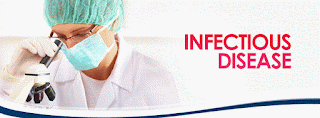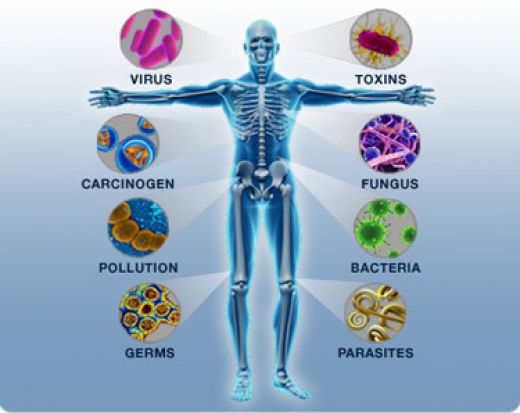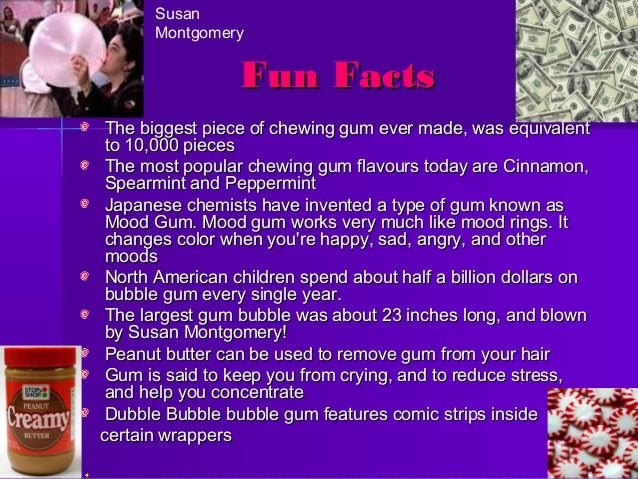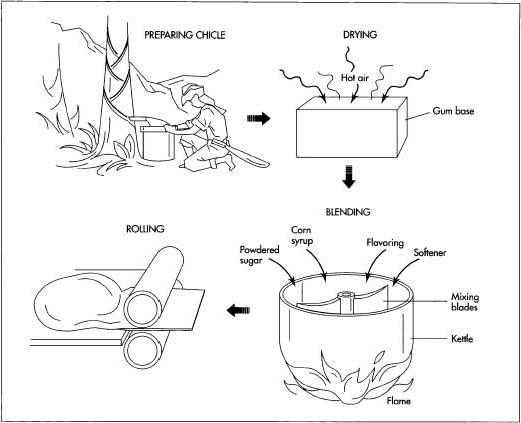Here you can test your vocabulary. The instructions to this interactive activity is :1- Look at the words and think of its meaning and pronunciation. 2- Move your mouse over the black button to check your answer. 3- If you were right, click on the green button, if wrong, click on the red.
пятница, 30 октября 2015 г.
Test yourself - Body parts
Here you can test your vocabulary. The instructions to this interactive activity is :1- Look at the words and think of its meaning and pronunciation. 2- Move your mouse over the black button to check your answer. 3- If you were right, click on the green button, if wrong, click on the red.
среда, 28 октября 2015 г.
News: Dagestan
We are getting ready to show a performance about our republic this spring.We hope it will be a real gala day.
(the picture taken in 2013)
Here you can see the way New Worl Encyclopedia tells about the republic: http://www.newworldencyclopedia.org/entry/DagestanInfectious disease
1. Infectious disease – those spread by contact with
infected people or animals, through airborne inhalation, or by water or food –
are still threads to us today. The influenza virus for example infects a
staggering 5 million people worldwide every single year, travelling from person
to person in airborne droplets, and causing chills, fever, sore throat, runny
nose, headaches and muscle pain.
2. The flu virus changes gradually by a process known
as antigenic drift. As the virus replicates, single nucleotide errors occur in
the viral genome, causing minute changes to the proteins that coat the outside
of the virus. The immune system recognizes these proteins to detect and destroy
the infection, so as they change, the ability of the body to recognize the
virus decreases, preventing people from building up immunity. Not only does the
virus make continual, subtle changes to its genome and proteins, but it also
occasionally develops huge mutations.
3. Spanish Flu is a truly global pandemic, some
believe that this influenza virus, which emerged in 1918, killed as many as
40-50 million people around the world. The Black Death is an infamous bubonic
plague outbreak swept across Asia into Europe with a total death toll of
roughly 100 million.
4. Flu virus can definitely cause a pandemic in the
future. As for other diseases, it is hard to predict. The human immunodeficiency
virus has raged since the early-Eighties. This pandemic has claimed around 25
million lives. Approximately 34 million people currently have HIV across the
globe. Could a pandemic end humanity? It could. But there are medical and
allied sciences like epidemiology and modelling are so strong now. It is
unlikely a pandemic would wipe out humanity, but it could cause huge damage,
particularly in some areas of the world with weak health infrastructure.
суббота, 24 октября 2015 г.
Fun Facts - About chewing gum to chew on
Chewing gum is one of the oldest sweets known to
man beginning as a chewy tree sap from the Mastiche trees of ancient Greece.
Across the world even the Mayans of South America liked chewy treats. It was in
the 1800s that entrepreneur John Curtis introduced chewing gum to the US with
his small sticks of "Maine Pure Spruce Gum."
Chewing
gum has its own benefits. In fact, during the World War I soldiers were given
gum to relieve stress and improve concentration. Today, chewing gum even helps
to keep your teeth healthy with antibacterial agents.
The first chewing gums
The
original sap based gums were replaced by gums made from paraffin wax, the same
stuff used to make candles. Then, was it like chewing candles? No, sugar was
added to these gums to give it an added sweetness. But the problem was that
these gums were not chewy enough. The solution - Chicle, a natural rubber sap
from the Sapodilla tree of Central America. This gave the gum the chewy feel.
Chicle was later popularized by General Santa Anna.
The
original sap based gums were replaced by gums made from paraffin wax, the same stuff used to make
candles.
CAN you now answer the questions:
Did ancient
folks like chewing?
What similarity
do candles and gums have?
пятница, 23 октября 2015 г.
News: Ebola
Ebola. They talk much about Ebola, let's see what is it.
Symptoms
Hemorrhagic fever
Massive bleeding
Damage to internal organs
Fast Facts
These two viruses are part of a group of viruses called filoviruses. They are one of the most lethal viruses known.
The virus was named after a river.
The Manburg virus has a 25% fatality rate and the Ebola virus can have a fatality rate of up to 90%.
Causes
Inhale air that is infected with the Ebola VirusSymptoms
Hemorrhagic fever
Massive bleeding
Damage to internal organs
Fast Facts
These two viruses are part of a group of viruses called filoviruses. They are one of the most lethal viruses known.
The virus was named after a river.
The Manburg virus has a 25% fatality rate and the Ebola virus can have a fatality rate of up to 90%.
I f you want to know more about virus click here.
Everyday Chemistry - The invention of modern chewing gum
Inventor Thomas Adams discovered that
heating Chicle and mixing it with flavour and sugar produced a new gum. He then
realized that this was much better than paraffin based gums.
What made this sap special was that it was very soft. It was softer than rubber
used in rubber bands, and got even softer in the warmth of the mouth.
He also discovered that if you froze
Chicle, it became hard. These unique properties made it the ideal choice for
chewing.
How is it made?
Chewing gum is made by heating gum to 115oC
until it becomes thick syrup. This is filtered, refined and put into a mixing
vat. Then, other ingredients like sugar, corn syrup, softeners and
preservatives are added. This mixture is then cooled and cut into the final
bits of gum, ready to be packed and sent to stores.
It's not just Chicle
If all gum was made out of Chicle, there
would not be enough of it left to make more gum. This is why, after the Second
World War, Chicle was replaced by synthetic rubbers. Today's gums are made of a
mixture of elastomers, resins and waxes. The most common forms of rubbers are polymers like
- Styrene-butadiene rubber,
- Polyethylene and
- Polyvinyl acetate
Can you now answer the questions:
Is chewing gum
made by heating gum to 115oC until it becomes thick syrup?
What are the most common forms of rubbers
polymers?
пятница, 16 октября 2015 г.
Everyday Chemistry - How do pregnancy tests work?
Pregnancy tests help in knowing if the woman is actually pregnant or
not and are considered as 97 per cent accurate when it comes to results. Let us
find out the chemical activity involved in these test kits.
The pregnancy test kits rely on the presence of the glycoprotein hormone, human chorionic gonadotropin (hCG) that is secreted by the placenta in the urine shortly after fertilization. The placenta begins developing after the fertilized egg implants in a woman's uterus, which happens about six days after conception. So you can confirm the pregnancy by doing these tests only after six days post-conception.
Fertilization does not always take place the same
day as intercourse and so most women are advised to wait until they miss their
period before trying a pregnancy test. The hCG levels double about every two
days in a pregnant woman, so the test is much more reliable two weeks after
conception than one week later.
The
tests bind the hCG hormone from either blood or urine to an antibody and an
indicator. The antibody will only bind to hCG and the other hormones will not
give a positive result. The usual indicator is a pigment molecule, which is
present in a line across a home pregnancy urine test. Even though these kits
are reliable and accurate most of the times, it is always important to
crosscheck with your doctor and go for a check-up in case of any doubts.
CAN you now answer the
questions:
What do the
pregnancy test kits rely on?
When is test is
much more reliable?
четверг, 15 октября 2015 г.
пятница, 9 октября 2015 г.
Everyday Chemistry - What are pregnancy test kits?
We often see celebrities promoting
pregnancy test kits on T.V. But do you know what these pregnancy tests are and
how they work? Pregnancy tests help in determining if a woman is pregnant or
not and are considered 97% accurate. Let's find out the chemical activity
involved.
Pregnancy test kits are self-determining
diagnostic kits that help in determining if a woman is pregnant or not. It
consists of the immunoassay strip, which is formed by
compressing non-woven fibers into a narrow strip, which is then coated with
reactive antibodies. These antibodies combine with the pregnancy hormone
in a series of steps and ultimately results in a colour change indicating
whether or not the woman is pregnant.
The test kit also has an absorbent pad
that extends from the test chamber and is used to contact the urine stream. The
pad absorbs the liquid and draws it into contact with the immunoassay strip.
Both the test strip and absorbent pad are
placed within a two-piece housing that allows the unit to be handheld and also
protects the strip from environmental contaminants. A leak-proof, clear plastic
window on the side of the housing prevents the urine from accidentally
splashing on the test strip and also allows the test and control zone portions
of the strip to be viewed.
There is also a plastic collection cup,
which is included with test kits that require collection of urine in a separate
step. They may also include plastic vials with pre-measured amounts of reagents
that must be mixed with the urine before application to the test strip.
CAN you now answer the questions:
What is pregnancy?
What are pregnancy test kits made for?
четверг, 8 октября 2015 г.
среда, 7 октября 2015 г.
суббота, 3 октября 2015 г.
пятница, 2 октября 2015 г.
Everyday Chemistry - Why is your hair curly or straight?
We love many film stars for their hair and
style. We may admire Johnny Depp for his dreads in the famous Pirates series
and fall in love with our very own Priyanka Chopra's straight hair. But what is
it exactly that makes our hair straight, curly or wavy?
Our hair has natural variations and is
made up of a protein called Keratin. This protein forms a helical
design, which gives hair its appearance. This protein has sulphur atoms
and the more sulphur linkage between the rings of hair, the more tightly coiled
design it will produce. This is that gives hair its curly appearance.
Having curly hair is also a genetic
process. In some families, the sulphur linkage between the rings of hair is
dominant and most people of the family have the same hair type. However, recently
scientists have found that the shape of the hair follicle also
determines curly or straight hair. Not just that, studies reveal that the
amount of 'curl' in curly hair also depends on the shape of the hair follicle
and shaft. The hair follicle below the scalp has a hooked end in
people with curly hair. The more hook the follicle has, the curlier the hair
gets. However, in people with straight hair, the follicles have no hooks.
Caring for your curls. It is not easy to maintain curly hair. You don't require a wash
every day but you should deep condition it every time you have a hair-wash.
People with dry curly hair should avoid styling products that contain alcohol.
Using chemicals can leave your hair drier and more damaged. A good hair care
routine will greatly improve the overall health and manageability of curly
hair.
CAN you now answer the questions:
Does
keratin play a role in type of your hair?
Does the shape
of the hair follicle determine
curly or straight hair?
четверг, 1 октября 2015 г.
Human Body
This time we speak about human body, let's see a video:
To know more about human body follow the link http://www.infovisual.info/03/pano_en.html
Подписаться на:
Сообщения (Atom)
The Father of Microbiology
1. Do you know who invented the first compound microscope? 2. Can you say who discovered bacteria, free-living and parasitic microscopic ...

-
A person’s home is as much a reflection of his personality as the clothes he wears, the food he eats and the friends he spends his time wi...
-
По большому счету обе формы допустимы, все зависит от значения, которое мы вкладываем с понятие «семья». Если мы говорим о семье как о «яч...


















